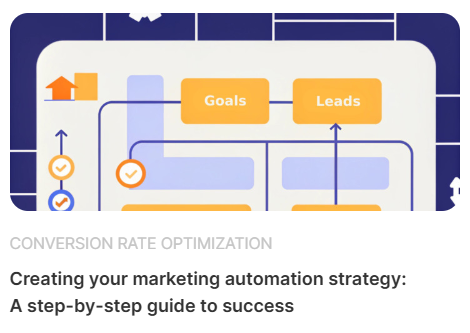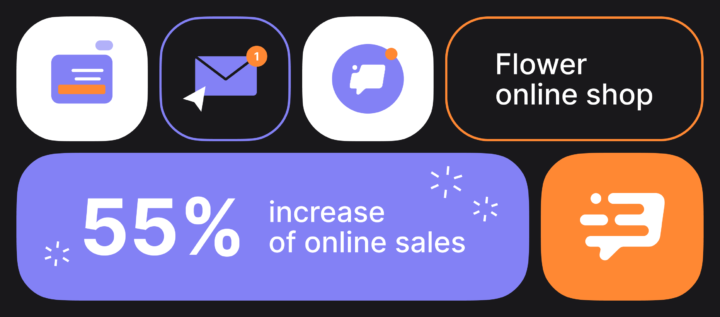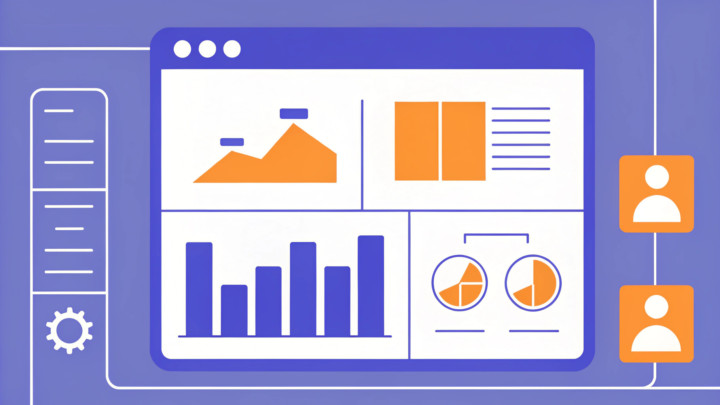10 common marketing automation mistakes you don’t have to make
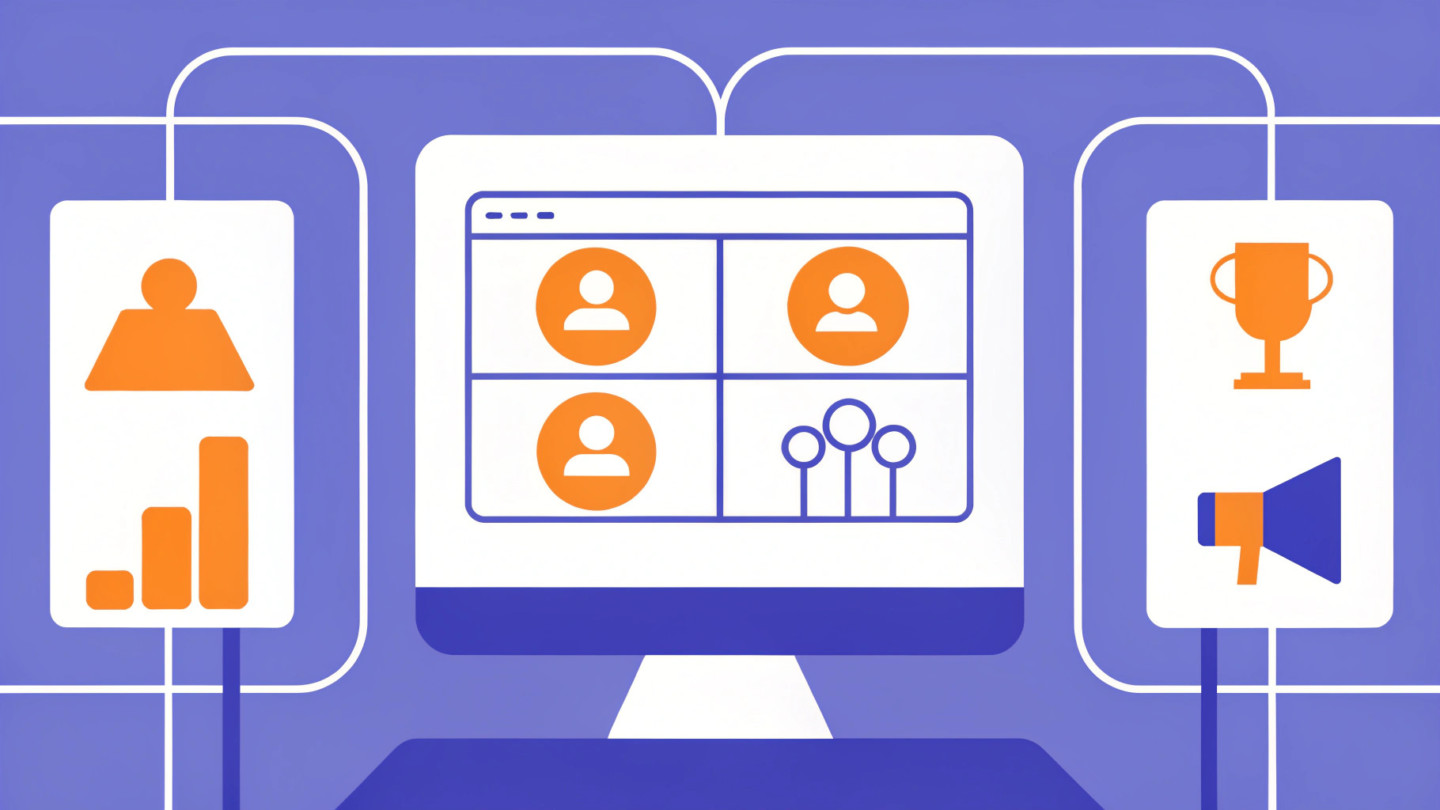
Overview
In today’s fast-paced business world, many small business owners face the daunting challenge of navigating marketing automation. It’s easy to feel overwhelmed by the complexities of establishing a clear strategy, integrating data effectively, and finding the right balance between automation and personalization. But here’s the good news: by avoiding common mistakes, you can significantly enhance your promotional effectiveness.
We understand that the struggle is real. You’re not alone in feeling frustrated by the disconnection between marketing and sales efforts. This is where the right approach can make all the difference. By focusing on a clear strategy and ensuring proper data integration, you can improve your campaign performance and create a seamless experience for your customers.
Remember, it’s not just about automation; it’s about connecting with your audience on a personal level. When you prioritize these practices, you empower your marketing efforts to resonate more deeply with your target market. So, take a moment to reflect on your current strategies and consider how these insights can guide you toward more effective outcomes.
The path to better marketing is simpler than you might think. Start by assessing your current practices and identifying areas for improvement. With the right support and strategies in place, you can cultivate a more effective marketing approach that drives results and fosters a stronger connection with your audience.
Introduction
In the ever-changing world of digital marketing, many businesses find themselves lost in a maze of automation tools and strategies. We understand that while marketing automation can offer efficiency and improved customer engagement, it’s easy to stumble into pitfalls that can hinder your progress. From not having a clear strategy to overlooking the significance of personalization, the journey toward successful marketing automation can be challenging.
This article explores ten common mistakes companies make in their marketing automation efforts and provides insights on how to avoid them. Our goal is to ensure that automation becomes a powerful ally in reaching your marketing objectives, rather than a source of frustration. You’re not alone in this; let’s navigate these challenges together.
1. Failing to establish a clear marketing automation strategy
Many businesses dive into promotional technology without a clear strategy, leading to common marketing automation mistakes. This can result in disjointed efforts and wasted resources. We understand how frustrating this can be, but there’s a way to avoid these pitfalls. Start by defining specific objectives that cater to your unique business needs. By thoroughly understanding your target audience and mapping out their customer journey, you lay the groundwork for effective practices.
This preparatory work not only guides your initiatives but also ensures they align with your overall goals. Gartner highlights the importance of this strategy, predicting that by 2026, 30% of enterprises will streamline over half of their network activities. Additionally, 59% of B2B promotion specialists stress the need for actionable analytics and reporting when selecting software for automated processes. This underscores the significance of data-driven insights in shaping your approach.
By prioritizing a clear plan, you can significantly enhance the effectiveness of your promotional processes and minimize common marketing automation mistakes. This ultimately leads to improved data-driven decision-making — an area where 35% of professionals have reported tangible benefits in their promotional efforts. As AI continues to integrate into promotional systems, with 74% of professionals anticipating that over a quarter of their tasks will be AI-automated soon, leveraging these technologies can further streamline your processes.
It’s noteworthy that 66% of surveyed professionals in promotion feel their current systems are ‘somewhat successful’ in helping them achieve their objectives. This highlights the need for a more robust strategy to avoid common marketing automation mistakes and unlock your full potential. Of course, you’re not alone in this journey — other teams’ experience can help you build a successful marketing automation strategy.
Learn more:
2. Neglecting proper data integration
One of the common marketing automation challenges is that data silos can really hinder the effectiveness of your efforts. They limit your ability to leverage insights from clients for decision-making. To truly maximize your promotional impact and steer clear of these pitfalls, it’s essential to ensure your tools are seamlessly integrated. This integration connects your CRM, email outreach, and analytics platforms, creating a unified view of customer interactions that can make a significant difference.
A recent survey reveals that:
- 49% of companies recognize time savings on repetitive tasks and personalized communications as the main perks of automated processes.
- Employees estimate they could save up to 240 hours a year through task mechanization.
This not only helps in avoiding common marketing automation issues but also highlights the efficiency gained. Additionally, 59% of B2B marketing professionals consider actionable analytics and reporting as the most crucial feature in marketing automation software, underscoring the importance of focusing on data-driven strategies.
Dashly is a great example of this integration, offering omnichannel communication tools that empower marketing teams to automate a big part of their funnel. For instance, lead capture, qualification, and nurturing. This frees up your team from routine tasks and eliminates a chacne for a human error — no lead will ever leave your website unengaged. By utilizing Dashly’s automation features like chatbots and triggered messages, businesses can create a robust system of consistent engagement, guiding a lead down the funnel. Furthermore, Dashly’s shared inbox allows you to manage all your communications from different channels (website, email, social media, and mesengers) from one place.
To keep your integrated systems running smoothly, regular audits of your data processes can help prevent common marketing automation mistakes. These audits identify and resolve discrepancies, ensuring a smooth flow of information. By harnessing Dashly’s analytics capabilities, marketing teams can monitor service performance and pinpoint areas for improvement.
By overcoming data silos with robust solutions like Dashly, businesses can avoid common marketing automation pitfalls and unlock the full potential of their promotional strategies. This leads to enhanced outcomes and more effective campaigns. As noted by Statista, ‘59% of B2B professionals in the US believe actionable analytics and reporting is the most important aspect when selecting software for promotional activities.’ This further emphasizes the need to address common marketing automation challenges to achieve success in your promotional efforts.

Optimize your funnel with automation tools from Dashly:
3. Overreliance on automation tools
While automation tools can significantly streamline marketing processes, it’s vital they never overshadow the essential human touch. Over-reliance on these tools can lead to common marketing automation mistakes, resulting in generic communications that fail to truly connect with clients. In fact, 83% of clients are willing to share personal data for tailored content, highlighting the necessity for personalization.
To prevent these common marketing automation mistakes, use automation for repetitive tasks, but ensure your team remains engaged in crafting personalized messages and directly interacting with leads. Angie, who oversees Cazoomi’s operations, emphasizes this balance, cautioning against over-automation by stating, ‘Once again, that doesn’t mean you should automate everything you do.’ Remember, balance is key.
This balance is crucial, as brands that nurture meaningful connections through storytelling and engagement will distinguish themselves in the competitive landscape of 2025. With the adoption rate for promotional technology tools projected to soar to 80-90% by the end of 2025, combining a personal touch with these systems is not just advantageous but essential for enhancing client interaction. Additionally, personalized emails can yield 58% higher transaction rates compared to their generic counterparts, while the anticipated growth of AI-driven promotional processes at a CAGR of 25% underscores the increasing importance of these technologies.
Significantly, 89% of employees report enhanced job satisfaction due to mechanization in the workplace, reinforcing the positive impact of these tools beyond just customer engagement.
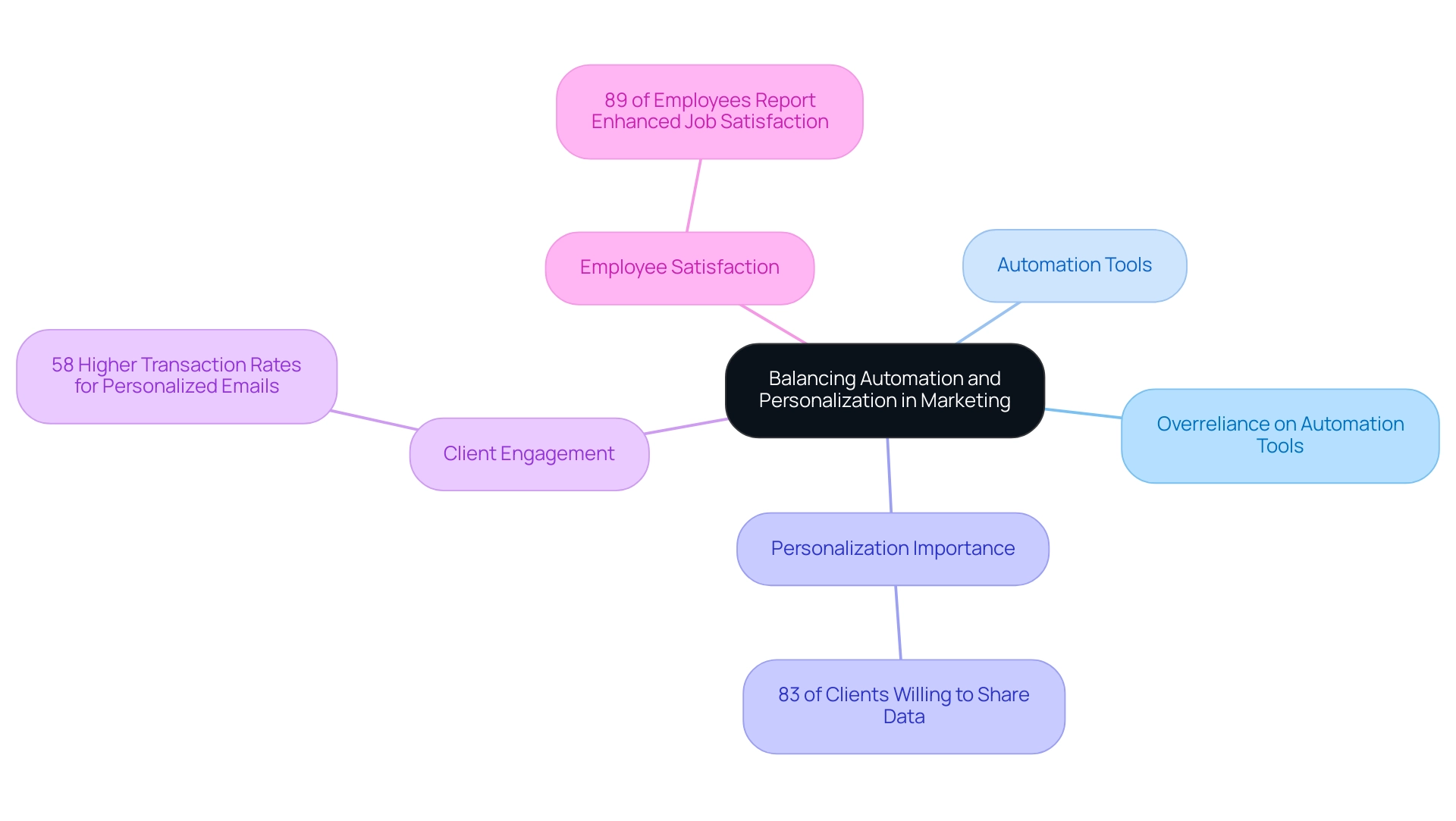
4. Insufficient audience segmentation
Audience segmentation is a crucial part of effective promotional strategies, enabling companies to deliver relevant content to the right groups. We understand that neglecting this vital step can lead to common marketing automation pitfalls, resulting in wasted resources and missed opportunities. In fact, did you know that B2B promotional system revenue is projected to grow by 13.9% annually? This reflects a rising reliance on tailored strategies.
As Beatrice Manuel, a Productivity Writer, points out, ‘B2B promotional system revenue is anticipated to increase by 13.9% each year.’ By leveraging data analytics, businesses can identify key demographics, behaviors, and preferences, paving the way for customized campaigns that truly resonate with each segment’s unique needs. It’s noteworthy that segmentation allows companies to create websites that perform two to five times better than generic content, highlighting its significant effect on engagement and conversion.
A recent survey revealed that 66% of professionals feel their current efforts are somewhat successful in meeting their objectives. This underscores a substantial opportunity for improvement by tackling common marketing automation mistakes through effective audience segmentation. By harnessing these insights, you not only enhance engagement but also maximize the potential for conversion and customer retention. Plus, it enables businesses to identify new markets and tailor their offerings to meet specific customer needs.
You’re not alone in navigating these challenges. Let’s take the next step together—consider how refining your audience segmentation can transform your marketing efforts and lead to greater success.
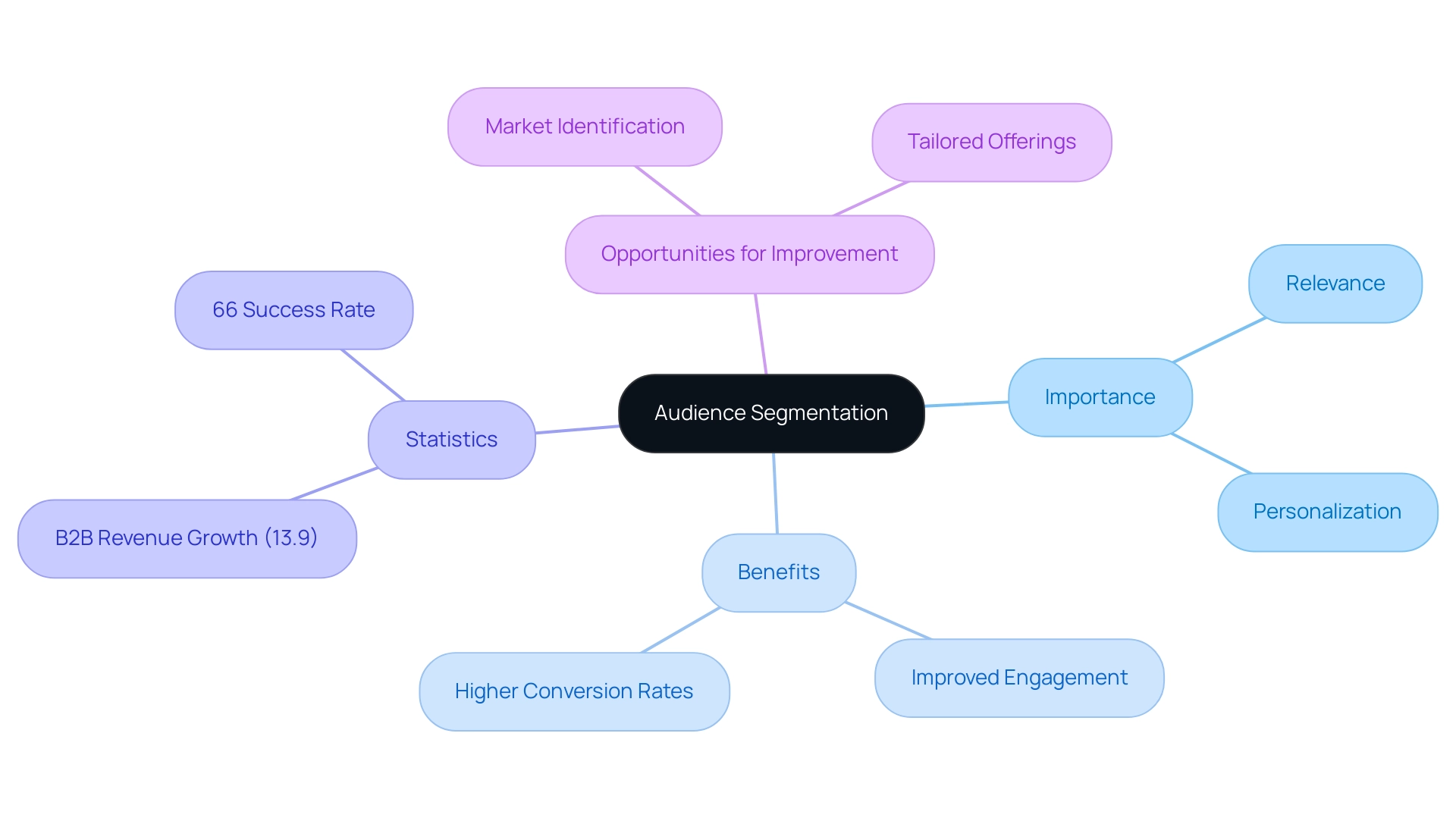
5. Adopting a ‘set-and-forget’ approach
One of the most important traps in promotional technology is the common marketing automation mistakes that arise from a widespread ‘set-and-forget’ mindset. We understand that once a campaign is launched, it’s easy to neglect monitoring its performance. In 2025, it’s crucial to regularly review your campaigns, analyze the data, and make necessary adjustments.
A proactive approach not only helps identify which strategies are yielding results but also highlights common marketing automation mistakes and areas for improvement. Based on recent information, 75% of businesses in 2023 found promotional technology highly relevant, and those who actively tracked their campaigns reported significantly improved results. Plus, 34.8% of marketers experience reduced stress from utilizing technology, underscoring the personal benefits of proactive campaign management.
As Ascend2 observed, 49% of enterprises use promotional technology specifically to enhance client experience, which is directly tied to effective campaign management. A case study on the significance of integrations in automation revealed that 52% of professionals prioritize comprehensive solutions that fit seamlessly into their existing workflows. This is where Dashly shines, offering over 30 integrations that will help fit Dashly to your tech stack seamlessly. Besides, it combines marketing automation tools, CRM and analytics within one platform to make your work more convenient.
By harnessing Dashly’s analytics, you can monitor your marketing campaigns’ performance, streamline communication with leads, and ensure that your campaigns remain dynamic and responsive. Notably, Dashly’s implementation of chatbots has led to a 44% increase in conversion to leads for Skillfactory. By adopting a mindset centered on continuous performance management, you can utilize Dashly’s tools to address common marketing automation mistakes, ultimately leading to greater success.
Furthermore, 95% of marketers utilizing AI or automated processes indicate a greater probability of successful promotional approaches, reinforcing the case for ongoing performance management. Additionally, every Dashly tools comes with robust analytics so you can analyze performance of each separate instrument: how well website visitors interact with your chatbot, how many of them finish the conversation and convert.
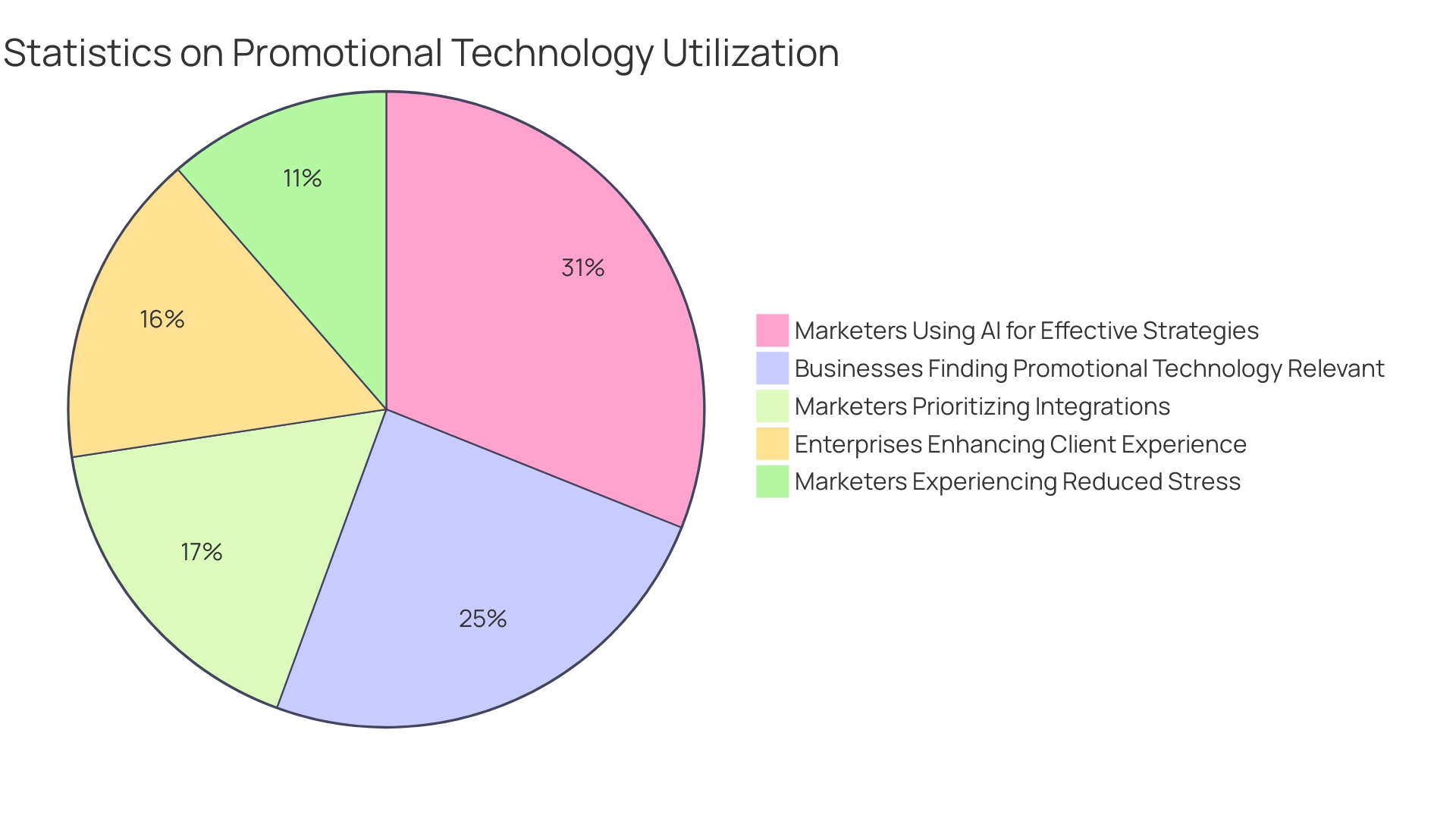
6. Failing to test and optimize campaigns
A/B testing is a crucial part of effective promotional strategies, helping advertisers improve their methods through insights grounded in data. Many marketing teams face the daily challenge of figuring out what truly resonates with their audience. By experimenting with different elements — like subject lines, content formats, and call-to-action buttons — businesses can uncover what works best for them. In the ever-changing landscape of 2025, marketers who embrace A/B testing see significant enhancements in campaign optimization and conversion rates.
For instance, a recent study shows that companies using automated testing techniques can boost their engagement, achieving better results while easing the burden of manual adjustments by 34.8%. Matthew Gibbons, a Senior Data & Tech Writer, points out, ‘Companies that automate their social media posts can save more than six hours each week.’ This highlights the efficiency gained through thoughtful testing. Yet, it’s essential to remember that successful promotional campaigns depend not just on conducting tests, but also on avoiding common pitfalls in marketing automation — like ending tests prematurely, overlooking external factors, and neglecting to segment the audience properly.
Moreover, the scalability of promotional techniques allows marketers to adjust their strategies as they attract more qualified leads. This makes automated processes more cost-effective than hiring new staff for manual tasks. Take the case study titled ‘Advantages of Early Automation,’ which illustrates how early adopters of automation can reap significant benefits, streamlining processes and boosting productivity compared to competitors. By embracing effective A/B testing strategies and understanding these dynamics, marketers can cultivate a culture of continuous improvement, leading to more impactful campaigns and enhanced client engagement. Remember, you’re not alone in navigating these challenges — there are solutions that can make a real difference.
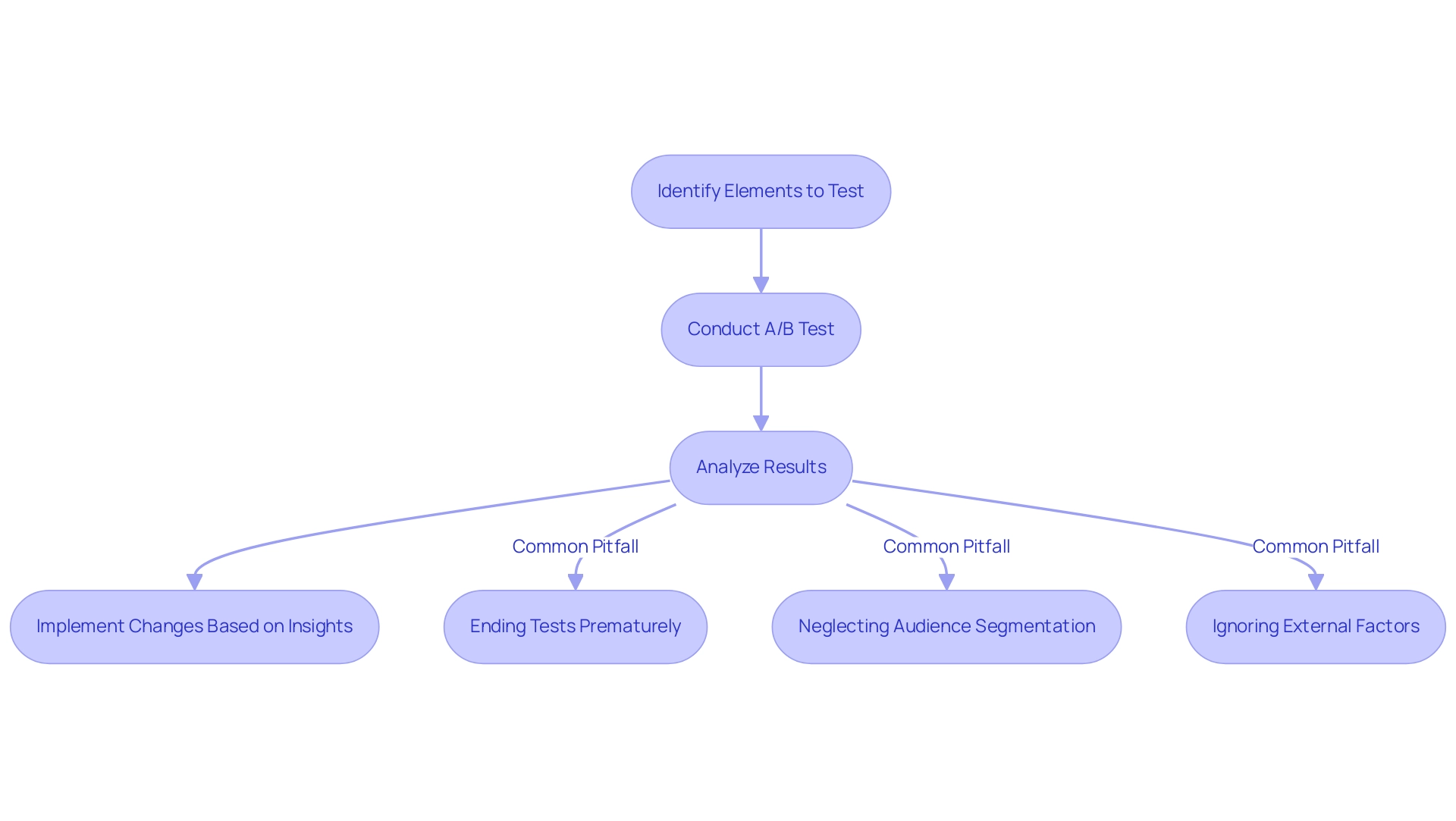
7. Prioritizing quantity over quality in leads
In the fast-paced world of lead generation, many businesses often find themselves grappling with common marketing automation mistakes. It’s easy to prioritize quantity over quality, leading to diluted marketing efforts and diminished conversion rates. But here’s the good news: focusing on high-quality leads can significantly increase your chances of conversion. A well-implemented lead scoring system can be a game-changer, helping you evaluate leads based on their engagement levels and alignment with your ideal customer profile.
By assessing factors like interaction history and demographic fit, these systems allow you to prioritize leads that are truly valuable — not just numerous. Jordan Park, Marketing Director at Digital Silk, points out the challenges of traditional methods, stating, cold calling has a success rate of 4.8%. This highlights the urgent need for more strategic approaches. Looking ahead, statistics show that by 2025, 21% of businesses will utilize leads to demonstrate the return on investment (ROI) of their social activities. This reinforces the idea that quality leads from targeted campaigns can lead to better conversion rates.
It’s crucial to recognize that common marketing automation pitfalls in lead generation often stem from a lack of strategy and insufficient audience insights. These shortcomings can hinder your ability to attract valuable leads. A revealing case study shows that over half of marketers use social media to promote key landing pages on their websites. This effectively directs targeted traffic to optimized content. By focusing on quality rather than quantity, you not only streamline your promotional efforts but also enhance overall effectiveness, paving the way for sustained growth. Remember, you’re not alone in navigating these challenges — there are practical steps you can take to improve your lead generation strategy.
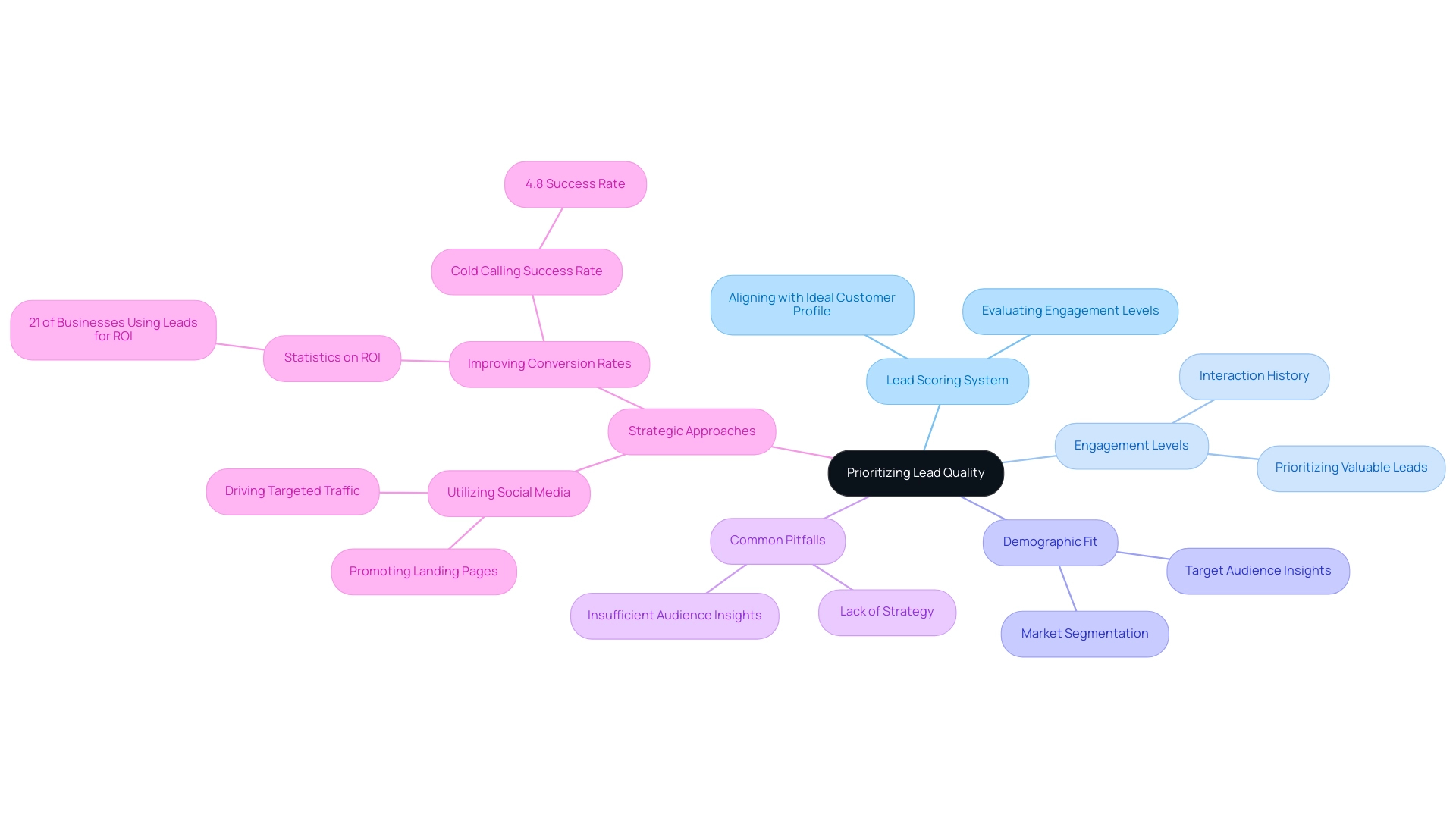
8. Neglecting personalization in marketing efforts
Personalization is a crucial element in effective promotional processes as we move into 2025. Did you know that 60% of consumers are more likely to become repeat customers after a personalized shopping experience? This statistic underscores the importance of tailored messaging in today’s market. Moreover, with 50% of marketers utilizing marketing automation daily, it’s clear that these tools are not just trends — they are essential for achieving personalization.
It’s also worth noting that 1 in 3 marketers dedicate at least half of their budgets to personalization efforts. This financial commitment speaks volumes about the strategy’s significance. When communications are generic, they often lead to disengagement and lower conversion rates — common pitfalls in marketing automation. This is why it’s vital for marketers to harness customer data to create messages that truly resonate on an individual level. Addressing recipients by name and providing content that aligns with their unique interests fosters a deeper connection with your audience.
As expert content writer Falak Preet Kaur points out, personalization is key to crafting engaging emails and compelling headlines. This approach not only boosts engagement rates but also enhances overall campaign effectiveness, ensuring your promotional efforts yield the best possible results.
So, what can you do? Start by reflecting on your current strategies and consider how you can incorporate more personalized elements. Remember, you’re not alone in this journey—many businesses are navigating these challenges, and the solutions are simpler than you might think.
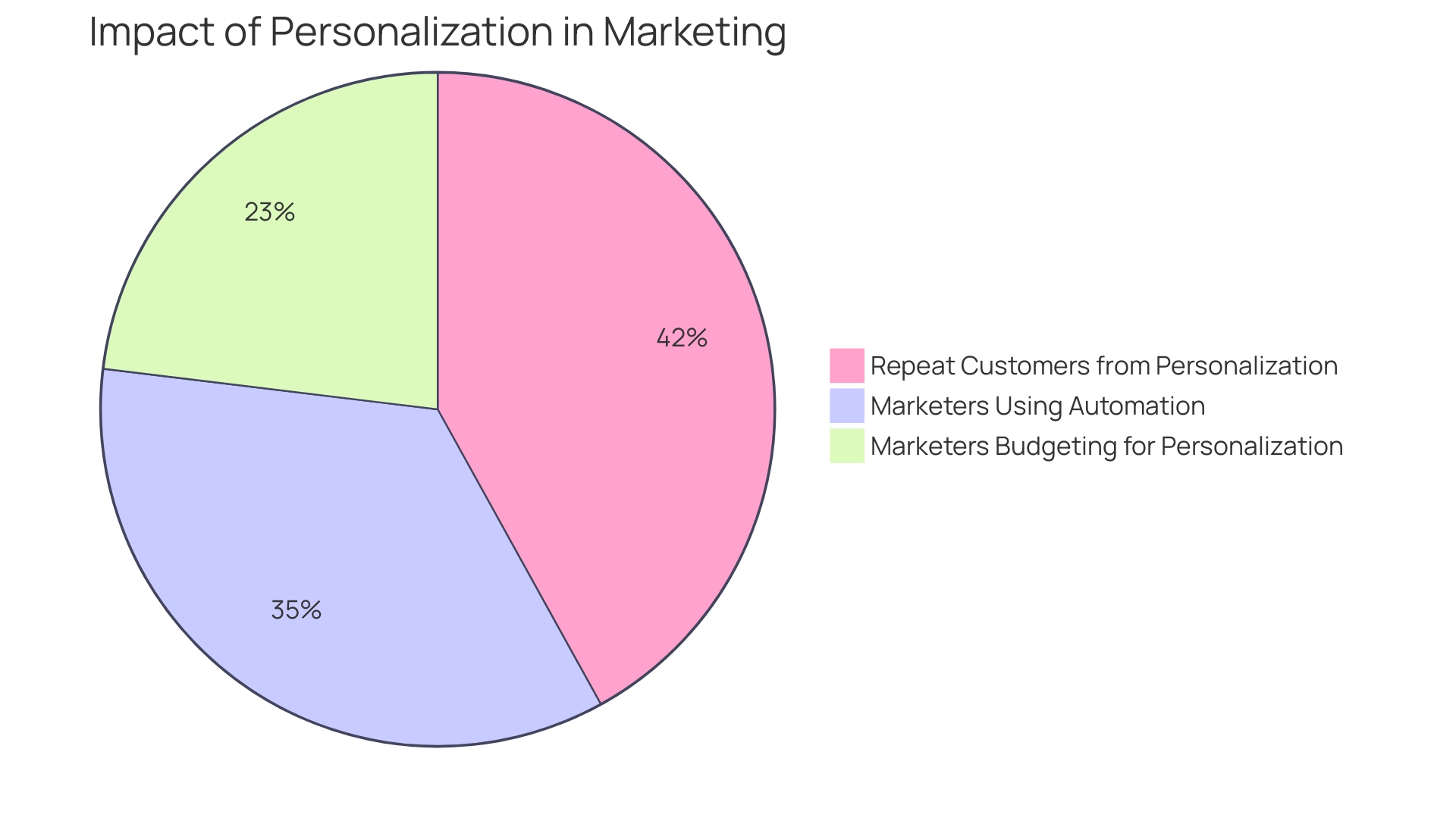
Add personalization to your marketing automation strategy with Dashly:
9. Misalignment between marketing and sales teams
A prevalent challenge that many organizations face is the misalignment between promotional and sales teams, often stemming from common marketing automation mistakes. This disconnect can lead to communication breakdowns and ineffective lead management, ultimately hindering overall performance. To address this issue, it’s essential to establish regular communication channels between both teams, set shared goals, and implement a unified lead qualification process.
By fostering teamwork, organizations can significantly reduce common marketing automation mistakes and enhance their automation efforts. Notably, companies with dedicated sales enablement teams experience a 15% higher win rate, highlighting the critical need for alignment. As we look ahead to 2025, with 77% of sales professionals conducting virtual meetings, 57% using their phone more, and 51% responding to customers via email, it’s clear that evolving communication methods play a vital role in bridging gaps between teams.
As Danilo Nikolich, Sr. Director of SDRs at RollWorks, aptly puts it,
ABM is about the overlap, not the handoff.
Consider this perspective: A successful ABM strategy allows your team to provide air support and targeted programs while the sales team focuses on outbound efforts towards target accounts. This viewpoint highlights the advantages of synchronized efforts in driving effective lead management and helps avoid common marketing automation mistakes.
Moreover, social selling is emerging as a powerful approach for sales teams, enhancing performance and aligning with the overall theme of collaboration. In contrast, traditional methods such as door-to-door sales, which generate nearly $30 billion each year, underscore the necessity for contemporary promotional techniques that enhance these conventional approaches.
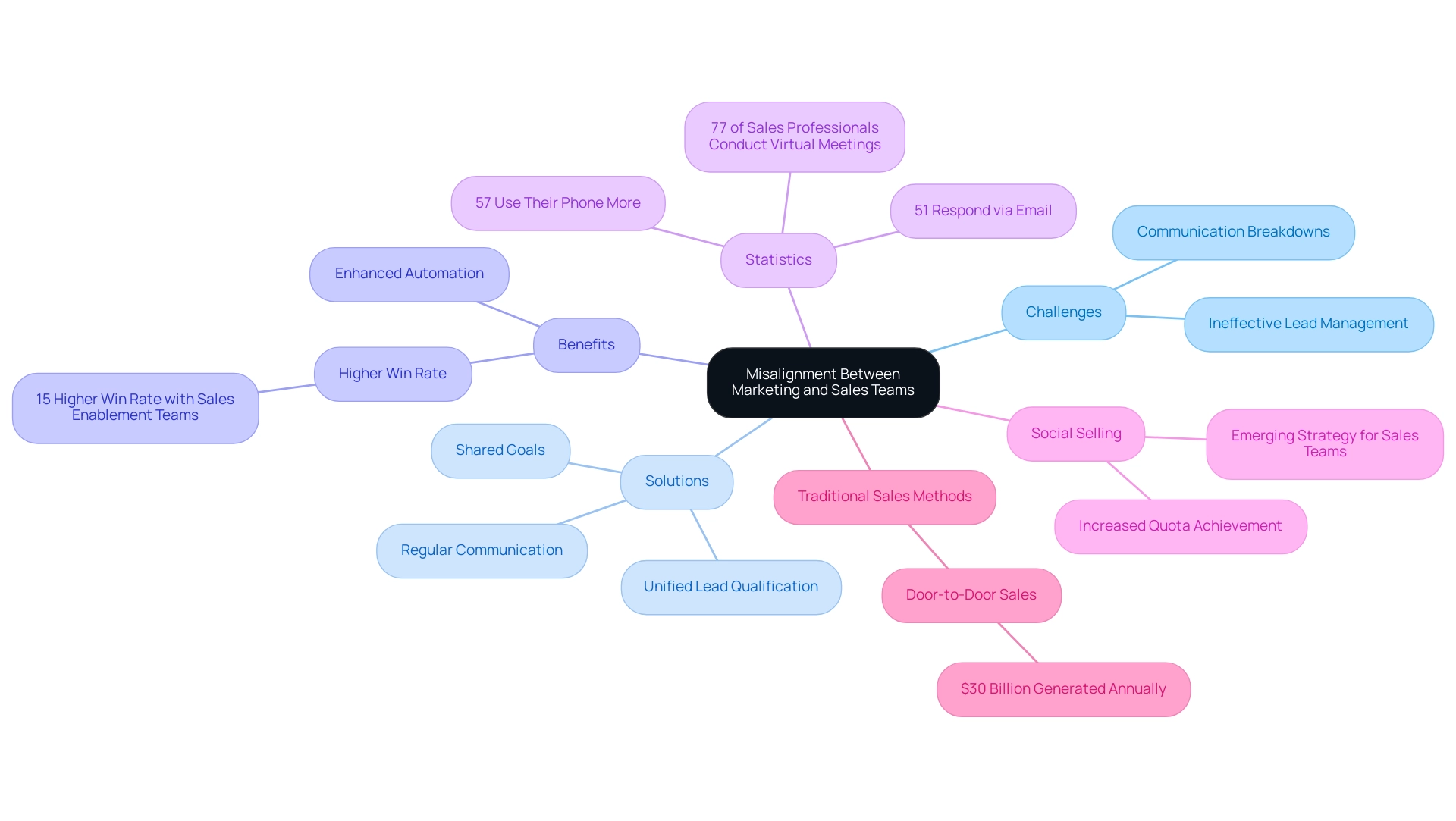
10. Ignoring key performance metrics
Neglecting essential performance metrics is a common hurdle many marketers face, and it can lead to misguided choices that hinder the effectiveness of promotional strategies. We understand that navigating these challenges can be overwhelming. To enhance your promotional automation efforts, it’s crucial to consistently monitor and analyze key metrics like conversion rates, engagement levels, and return on investment (ROI). Grasping your click-through rate (CTR) is vital; general benchmarks typically range from 2% to 5%, reflecting the appeal of your email content.
By leveraging this data, you can make informed adjustments that align your campaigns with your business goals. As Michelle Blondin, Demand Generation Director at ZoomInfo, wisely suggests,
For example, I’d personally recommend sales follow up first with someone who ‘hand-raises’ in a webinar, then work through those that had otherwise high engagement, and on down the list to general attendees, attended on demand and finally no shows.
This approach underscores the importance of using data to prioritize engagement and refine your targeting strategy.
Moreover, focusing on audience relevance is essential. It ensures that your promotional messages resonate with the right individuals, which is key for long-term success. By honing in on primary conversion metrics — such as form fills and resource downloads — you can effectively measure campaign success and make data-driven adjustments. These metrics are crucial for understanding how well your campaigns perform and guiding prospects toward their purchase decisions, ultimately helping to sidestep those common marketing automation pitfalls.
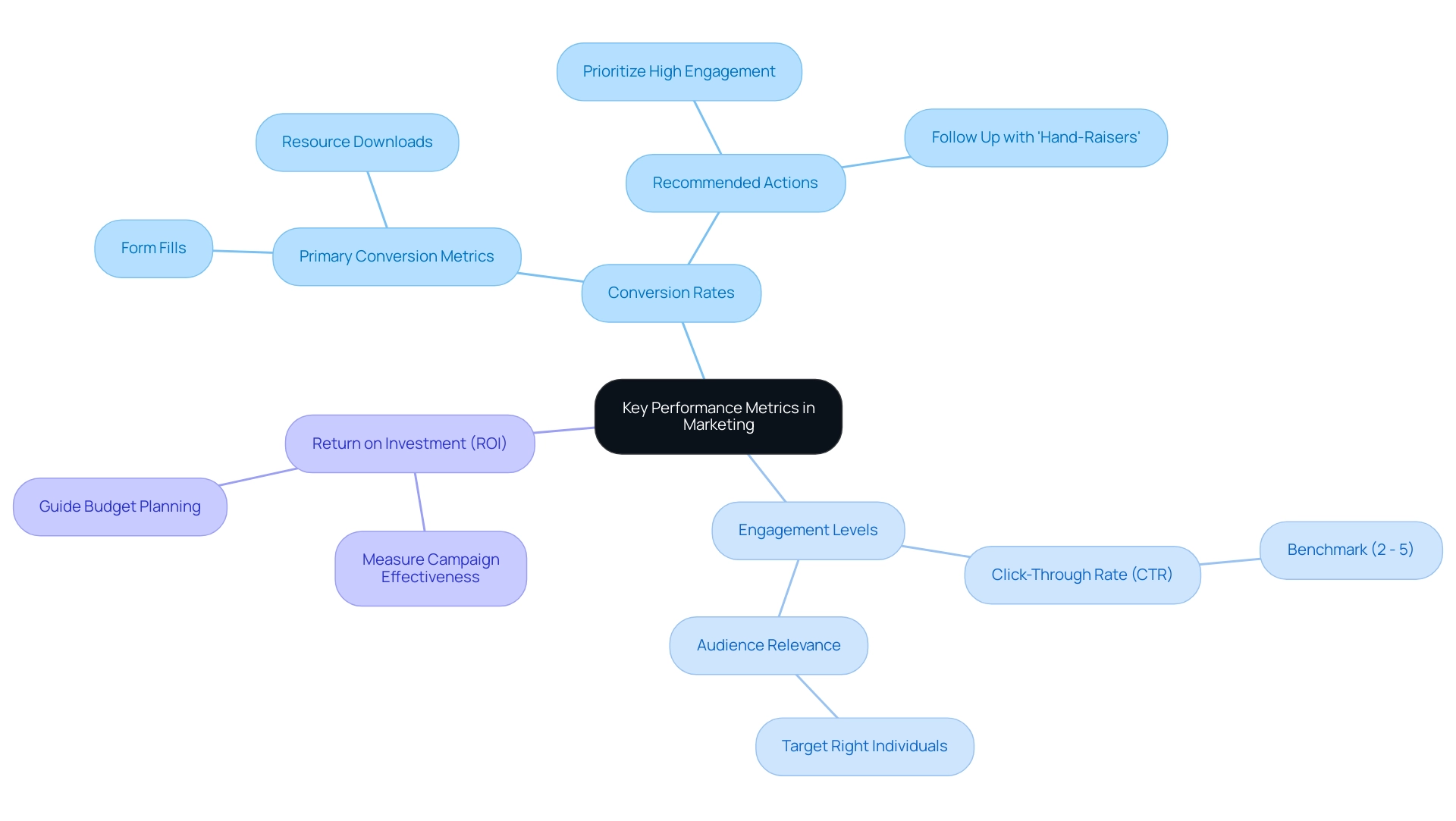
Conclusion
Navigating the complexities of marketing automation can feel overwhelming, can’t it? It requires a strategic approach that prioritizes clear objectives, data integration, and personalization. The ten common mistakes outlined here serve as crucial reminders for businesses like yours striving to leverage automation effectively. From establishing a robust marketing strategy to avoiding the pitfalls of neglecting audience segmentation and performance metrics, each aspect plays a pivotal role in ensuring that automation enhances rather than hinders your marketing efforts.
While automation tools can streamline processes, we understand that the human touch remains essential for meaningful customer engagement. Personalization, ongoing testing, and collaboration between marketing and sales teams are vital components that contribute to the overall success of your automation initiatives. By focusing on quality leads and actionable insights, you can improve conversion rates and foster lasting customer relationships.
Embracing a proactive mindset towards marketing automation not only helps mitigate common pitfalls but also paves the way for sustained growth and success. As the landscape continues to evolve, organizations that prioritize these strategies will be better equipped to harness the full potential of marketing automation, transforming it into a powerful ally in achieving your marketing objectives. Remember, you’re not alone in this journey—taking these steps can lead to meaningful progress.
